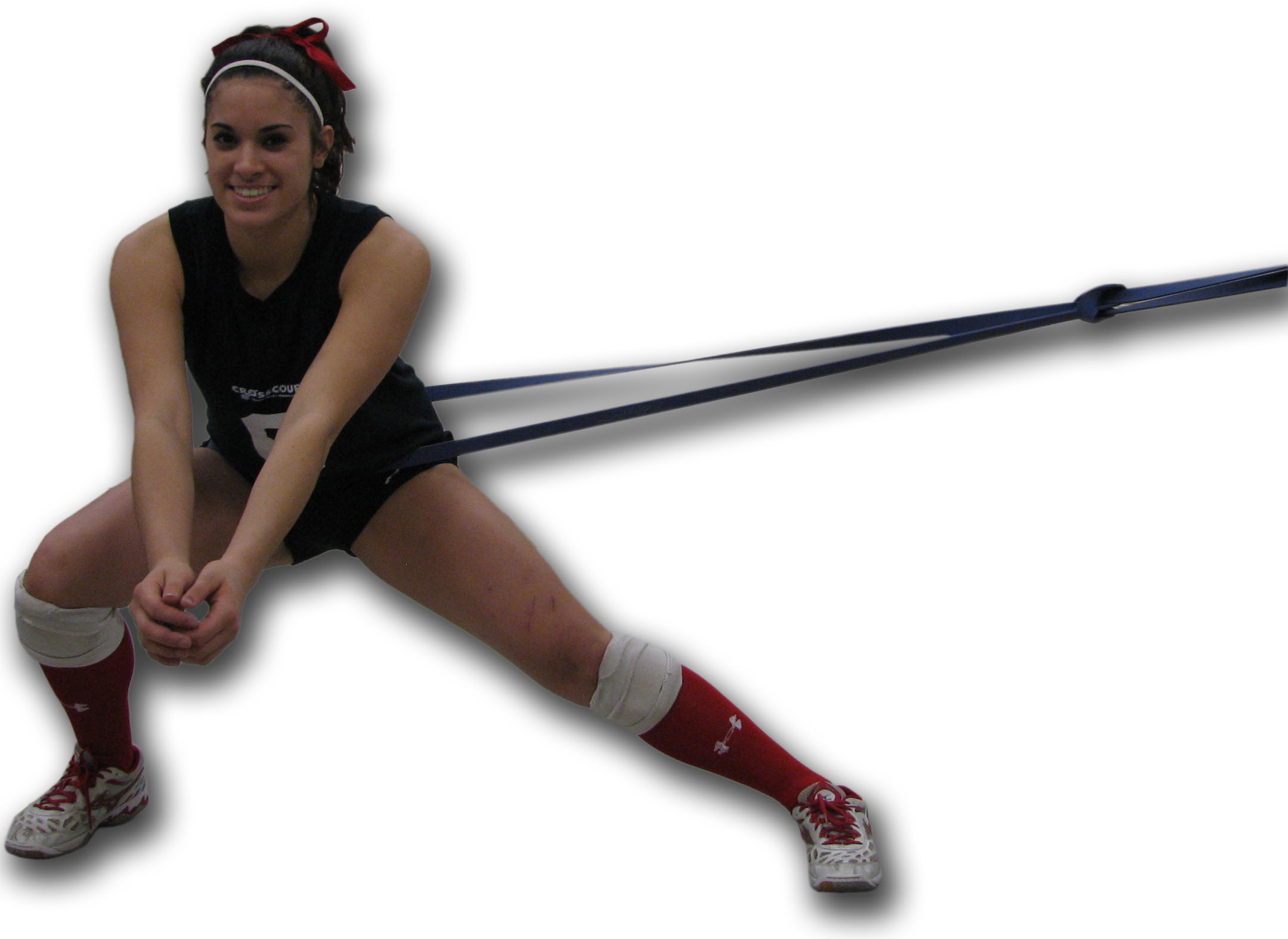With speed and explosiveness at a premium on the volleyball court, strength gains earned during summer weight workouts and the sports quickness developed during agility training need to be maintained and even built upon.
Volleyball training needs to be sport specific, and requires that athletes keep working all season long.
Find Time for Strength Training, Despite Temptations to Skip
But off-court training can be hard to schedule, with practice time, weekday dual matches and weekend tournaments and quads.
Plus, for many high school volleyball players, it’s nearly impossible to periodize training using the typical pre-season, in-season and post-season cycles that college athletes use, because many of the prep players also play other sports; top players almost certainly play for clubs when their high school seasons are over.
The double or triple dipping creates a unique situation for coaches and athletes looking for a volleyball training program and furthers the argument that training has to be ongoing and complementary. While it’s understandable that high school coaches may be leery of pushing too hard during in-season volleyball weight lifting, they may not have many – or any – opportunities to improve their overall team strength outside the season.
You Need to be Strong to Play Volleyball Well
Volleyball practice and competition places a huge physical load on its athletes: explosive starts and stops and changes of direction combined with dives and overhead ball strikes require significant leg, hip, core and upper body strength. Research has shown that upper body strength – specifically shoulder extension strength – is critical to spiking velocity. For many younger volleyball players, developing shoulder strength is difficult and can often be made more problematic by shoulder injuries that become chronic due to overuse and lack of strength.
Training to increase power production – specifically through ground-based complex movements like the power clean and squat, which both stress triple joint extension – can be critical to a player’s success. Research shows strength training also can reduce the risk and the seriousness of injury, meaning players spend more time in the gym and less time in the trainer’s room. Most experts believe athletes are better served starting training programs earlier in their careers than later. In fact, some suggest that starting some form of strength training as soon as a child enters competitive sports is acceptable and even recommended.
Targeting Strength in Volleyball Training – a Plan
In an ideal situation, strength training would be carried out three days a week for roughly an hour a session, touching on upper and lower body strength each day as well as working the core and developing kinesthetic awareness. But the reality of developing high school volleyball players’ game skills and conditioning generally means twice – or even once – a week is more realistic; and 30 minutes is a more likely time frame for a workout.
The key is to make that time count by keeping the sessions intense, maximizing workload and addressing multiple muscle groups through complex movements. Athletes should work in groups of two or three and be of similar strength levels.
Workouts initially will be lower intensity, increasing weights and lowering reps over 8-12 weeks as the season goes on in an effort to attain maximum strength levels as close to tournament time as possible.
Week-1 Sample Plan
Day 1
- Power Cleans 3 x 5
- Squat 3 x 10
- Bench 3 x 10
- DB Lunge 1 x 10 each leg
- Upright Row 1 x 10
- Lat Pulldown 1 x 8
Day 2
- Clean and Front Squat 3 x 5
- Incline Bench 3 x 10
- DB Press 2 x 10
- Bent Row 2 x 10
- DB Curl 2 x 10
Finding time to strength train during the season can be a nightmare for high school coaches trying to develop young players. But the benefits – players who are more capable of performing at a higher level, who suffer fewer injuries and who are stronger at tournament time than the competition – are worth carving out a couple of hours a week.
